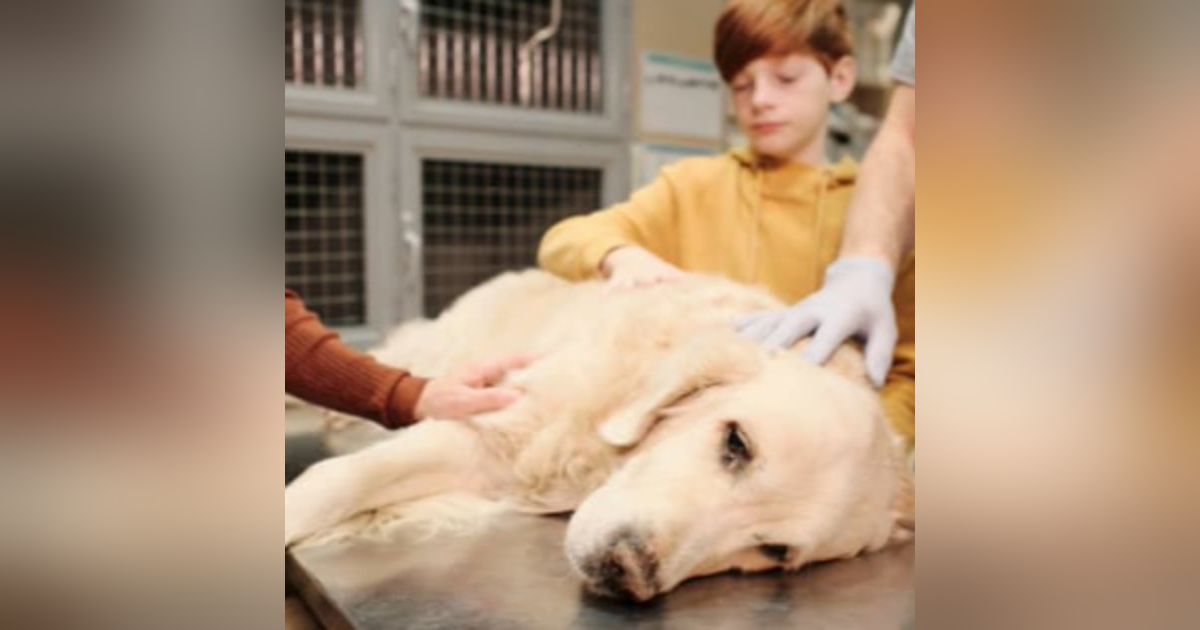#80: Everything you need to know about canine lymphoma. With Dr Penny Thomas

This episode from our clinical podcast series is brought to you by the SVS Pathology Network - Australia's exclusive provider of the advanced testing techniques discussed in this episode.
We sit down with Dr Penny Thomas from Veterinary Oncology Consultants to ask all of the questions you've ever had (and probably a few you didn't know you had!) about canine lymphoma. Dr Penny covers the common sticking points, like how to make sure you get an accurate diagnosis, new advances in diagnostic testing, a very practical way to prognosticate your lymphoma patients, what you can do for the sick lymphoma patient while you wait for the oncology appointment (spoiler alert... yes, pred!), and therapy options - from simple and cheap to going all-in on trying to achieve remission.
Follow these links for additional information on flow cytometry and immunocytochemistry mentioned in this episode, or contact your local SVS pathologist.
We're going LIVE in Noosa on 22-25 November with the gurus of small animal medicine, Prof David Church and Prof Jill Maddison, as well a very special non-clinical day with Philip McKernan. Use VVLISTENER at checkout for our listener discount.
Go to thevetvault.com for show notes and to check out our guests’ favourite books, podcasts and everything else we talk about in the show.
We love to hear from you. If you have a question for us or you’d like to give us some feedback please get in touch via email at thevetvaultpodcast@gmail.com, or just catch up with us on Instagram.
And if you like what you hear then please share the love by clicking on the share button wherever you’re listening and sending a link to someone who you think should hear this.






